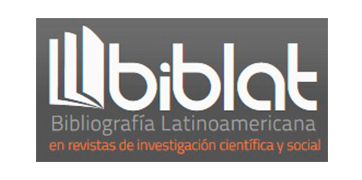Data and randomness in the basic education and high school curricula in Mexico: insights from an international perspective
DOI:
https://doi.org/10.32870/dse.vi23.717Abstract
This paper analyzes contents, expected learning and didactic orientations of the curricula for statistics and probability in Mexico’s elementary and high school education, with the aim of reflecting on and establishing relationships with some curricula and recommendations of international organizations that promote education on statistics. We also analyze the fundamental ideas of statistics and their presence in the Mexican curriculum. The results show that statistics and probability are present from preschool to high school. The methodology of teaching in basic education gives importance to real contexts and to asking statistical questions to be answered using the data, but in high school there is a greater emphasis on statistical procedures. The technology for data analysis and simulation is practically absent in the curriculum of all levels.
Downloads
Downloads
Published
Issue
Section
License
Once a manuscript is accepted for publication in the journal, its author(s) must sign a letter transferring the editorial rights to the University of Guadalajara for the editing, publication and dissemination of the paper. After being notified of its publication, the author(s) will be sent a letter of transfer of rights which must be signed and sent back to the journal’s editor.














